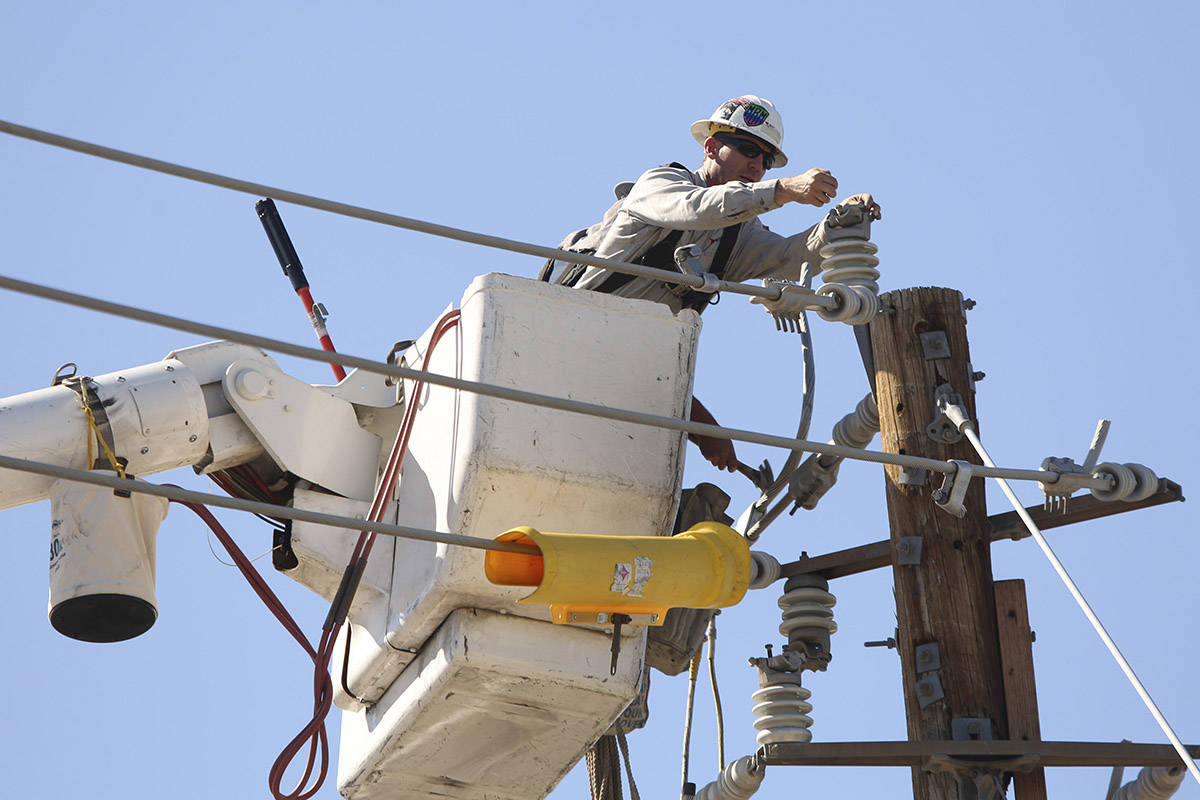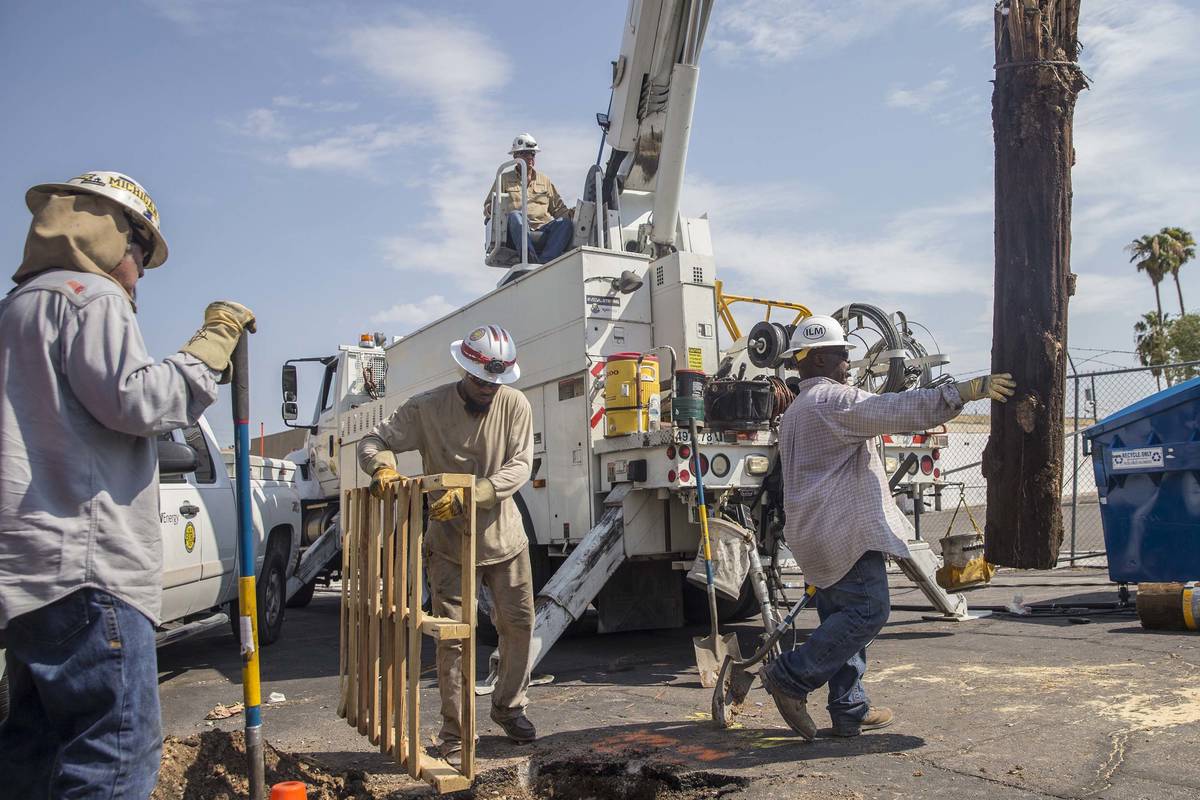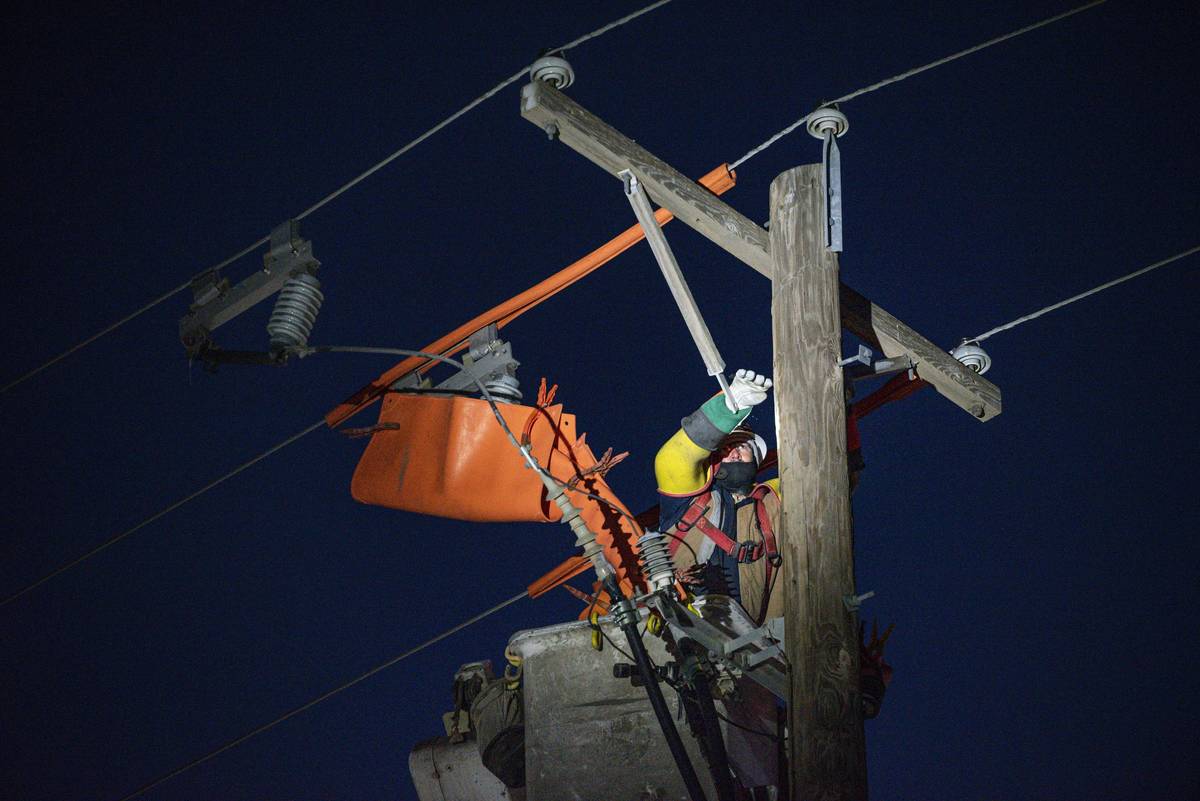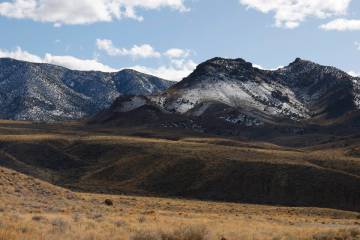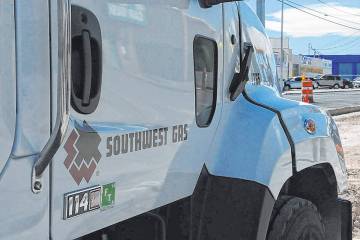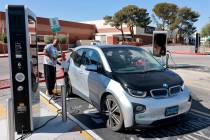Texas-style power outages, big bills won’t happen in Nevada
CARSON CITY — In August, a Western U.S. heat wave drove rolling blackouts in California and prompted concern for electricity supply in Nevada. But nothing so drastic as California’s problem came to pass in the Silver State.
At the opposite end of the calendar, in the wake of the mid-February winter storm that caused the collapse of the energy grid in Texas, energy watchers voiced a similar concern: Could a record cold shock disrupt power throughout Nevada, leading to the type of price-gouging and privation millions of powerless Texans faced?
The short answer is no, for reasons ranging from differences in prevailing climate and types of equipment used to opposing market and regulatory environments in the two states. Also at odds: Nevada’s connections to the larger Western regional power grid compared with Texas’s longstanding decision to go it alone with a disconnected power grid to avoid federal regulation.
“The circumstances that led to the catastrophe in Texas in many ways are very unique to Texas and don’t apply to Nevada,” said David Bobzien, director of the governor’s Office of Energy for Gov. Steve Sisolak.
“That said,” he added, “I think people who watch energy and electricity across the country need to look at the lessons learned in Texas and from other places and understand that we’re going to be facing these unique weather events and weather conditions with greater frequency in the future as we face climate change, and we have to plan for them.”
The greater threat to Nevada comes from excessive heat and the risk of fire that comes with it.
Nevada’s Achilles heel regarding power involves transmission line capacity and storage capacity for increasing reliance on renewable energy sources. Projects planned or underway address both issues in line with a mandate, enacted by the state and twice ratified by voters, for renewables to account for 50 percent of generation by 2030. Currently, about 28 percent of electricity comes from renewable sources.
As for the Texas comparisons, here’s a look at some of the reasons Nevada is different, starting with weather.
Nevada knows cold
The extreme cold shock that Texas suffered was not unprecedented, but it was rare. Despite similar cold-related disruptions 1989 and 2011, Texas’ unique energy landscape didn’t do much to encourage or require energy generators to take action to hedge against future shocks. Equipment froze, most notably natural gas infrastructure, which supplies 45 percent of Texas’s energy. Renewables, mostly wind turbines, were initially blamed for failures, but those critiques were later retracted. Texas’s energy regulator later said that 13 percent of the outages were because of wind turbine failures.
In Nevada “we’re used to that more extreme weather,” said Doug Cannon, president and CEO of NV Energy. For both Northern Nevada’s cold and Southern Nevada’s heat, “we have prepared our generation fleet to be able to operate in those hot and cold extremes, just because we see that happen in Nevada, and we have that operational experience.”
Cannon, who appeared before a state legislative committee Tuesday, opened his remarks explaining how conditions in Nevada were different from Texas. In terms of weather, the utility “operates its plants across that whole broad range of climate,” he said in a follow-up interview with the Review-Journal.
In Texas, “they do generally operate in a fairly narrow-base temperature band,” he added. “And these more extreme temperatures I think caught many of those operators off guard. They just simply weren’t prepared, and the plants weren’t prepared, for those extreme climate condition.”
Interconnected or isolated?
Also unique for Texas, Cannon and others noted, is its reliance on an independent and isolated power grid, separate from regional Eastern and Western regional grids.
Texas has created “an island unto itself, like Hawaii, without being in the middle of the ocean,” said Vijay Satyal, senior energy market policy analyst for Western Resource Advocates, which promotes renewable and clean energy usage.
Though it has the most wind energy production of all states, Texas’s model, Satyal said, does not incentivize energy generators “to keep up on their equipment,” such as by winterizing it. Texas saw the “perfect storm of perfect storms,” with high wintertime demand and dependence on energy sources that weren’t protected against the extreme cold. And unlike Nevada, Texas did not have the ability to tap into a larger interstate power grid.
“It could not easily share resources,” Satyal said. The larger Western U.S. grid has “good resource sharing that takes place,” he said, including a contingency reserve sharing program and outage coordination procedures spread out across utilities in the West.
“In the West, and NV Energy is part of this, is what’s called the energy imbalance market,” Satyal said. “It helps trade energy to prevent an imbalance between entities that may have surplus energy. It does it in real time within the hour.”
Regulation vs. deregulation
The Texas energy market is deregulated, relying on market forces to determine prices and drive investment. Bobzien believes that system “just didn’t provide the incentive to have that long-term view of making investment decisions that would guard against the sorts of extreme weather events that we’re going to see with more and more frequency with the changing climate.”
The model was cited as the cause of short-term price spikes of more than 10,000 percent in the state amid the worst of the power shutdown.
Nevada voters in 2018 rejected a competitive energy market for the state by more than 2-to-1. NV Energy spent more than $60 million lobbying against the move.
Cannon said Nevada’s regulatory structure, overseen via the Public Utilities Commission, would prevent the Texas-style energy collapse and resulting price spikes. The PUC also imposes on utilities requirements for long-term resource planning, decides on infrastructure investments, and reviews “all of our costs,” he said.
“Texas was in fact held up as the model of what we should implement in Nevada,” Cannon said. “In a regulated market, there’s a lot of consumer protections there to ensure that No. 1, reliability is maintained, and No. 2, that costs and prices are properly controlled and are kept at a reasonable level.”
The role of renewables
Renewable energy sources now account for about 28 percent of electricity generation in Nevada. In Texas, the figure is 26 percent, according to the federal Energy Information Administration. But whereas Texas is the largest energy-producing and energy-consuming state in the nation, Nevada is a fraction of the size, ranking 37th in total energy consumption, with 85 percent of its energy produced outside the state in 2019.
In 2019, Nevada ranked second among states in electricity generation from geothermal energy, after California, and fourth in utility-scale generation from solar energy. Nearly two-thirds of Nevada’s in-state electricity generation comes from natural gas; in Texas the figure is 45 percent, with another 19 percent from coal-fired plants.
Renewables thus make up a minority share of energy production in both states and play a reduced role in energy shortages. Even the most vigorous renewable energy advocates recognize the need for continued reliance on energy sources such as natural gas during the transition to cleaner fuels.
The long-term challenge for Nevada arises more from excessive heat than extreme cold. As the state moves to implement its renewable energy goals, increasingly the concern is about transmission and storage, particularly of solar energy collected during daylight but most needed later in the day.
“Our bigger risk in Nevada is certainly summer heat. And the bigger risk that we run into is our relationship with the broader Western energy grid,” Cannon said, referring to August’s heat wave. “When you start to get record high temperatures across the entire West, it does start to tighten up those electric markets that we traditionally acquire energy from. And so really, what could happen there is you end up with energy shortages across the entire West.”
NV Energy has 2,600 megawatts of new electric generation under construction, including nearly 1,000 megawatts of battery storage. Its proposed $2.5 billion Greenlink transmission line expansion project, which is pending regulatory approval, would expand in-state links to renewable energy sources for utility customers but also benefit the larger interstate power grid.
“We are seeing a rapid development in storage technology, and that’s where the true value of renewable resources will really start to take off,” Bobzien said. “At the end of the day, this is all economic opportunity for the state as we’re helping other states meet their clean energy goals while at the same time meeting our goals.”
Contact Capital Bureau reporter Bill Dentzer at bdentzer@reviewjournal.com. Follow @DentzerNews on Twitter.



